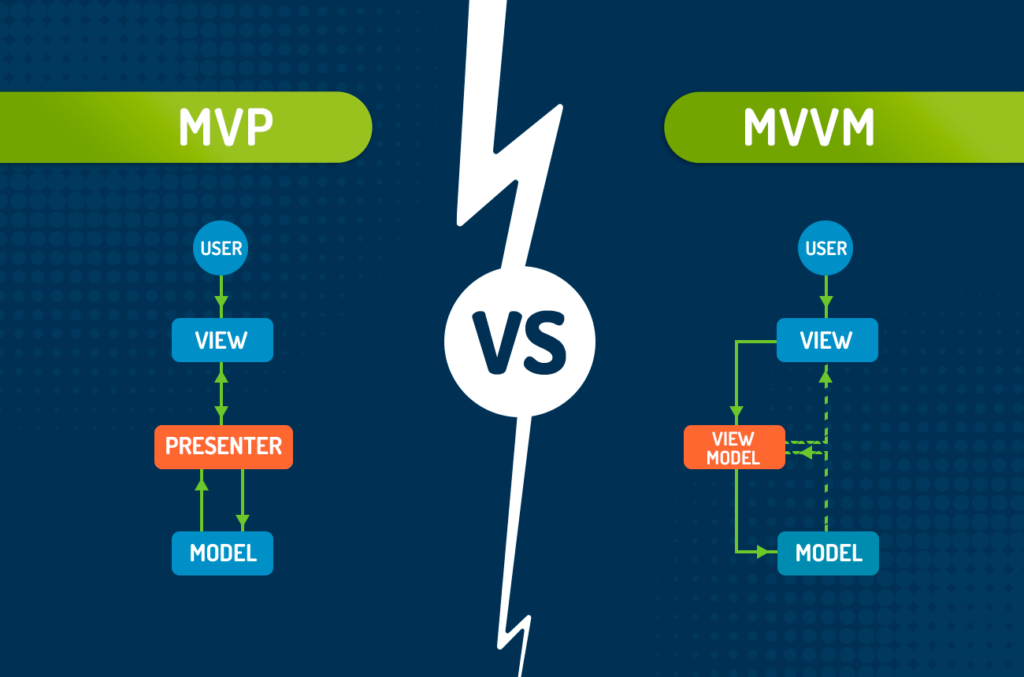Mobile app architecture is the structural design of mobile applications. It serves as the foundation for creating reliable, scalable, and maintainable apps. Whether you’re developing for Android, iOS, or cross-platform frameworks, understanding app architecture is key to delivering a seamless user experience.
Components of Mobile App Architecture
Mobile app architecture typically consists of three main layers: the presentation layer, the business layer, and the data layer.
1. Presentation Layer
The presentation layer is where the user interacts with the app. It includes the UI/UX design and the app’s navigation patterns. In this layer, it’s essential to focus on creating an intuitive and responsive design to improve user experience.
2. Business Layer
The business layer handles the core logic of the app. This includes data manipulation, calculations, and decision-making processes. In a well-architected app, the business layer is independent of the presentation layer, which ensures that business rules remain consistent across different platforms or UI updates.
3. Data Layer
The data layer deals with data access and management. It handles database interactions, API requests, and external data sources. This layer ensures that data is correctly stored, retrieved, and updated as needed.
Choosing the Right Architecture

When deciding on the architecture for your app, consider factors such as the complexity of the app, the platforms it will run on, and the available resources. Popular mobile app architectures include:
- MVVM (Model-View-ViewModel)
- MVP (Model-View-Presenter)
- Clean Architecture
Each architecture pattern has its strengths and weaknesses. For instance, MVVM is widely used in Android development with Jetpack, whereas Clean Architecture is suitable for large-scale apps with multiple layers of abstraction.
Conclusion
Understanding mobile app architecture is crucial for creating apps that are not only functional but also easy to maintain and scale. As mobile app ecosystems evolve, choosing the right architecture will help ensure that your app meets both business and user needs.
For more information, check out our Mobile Development category.






